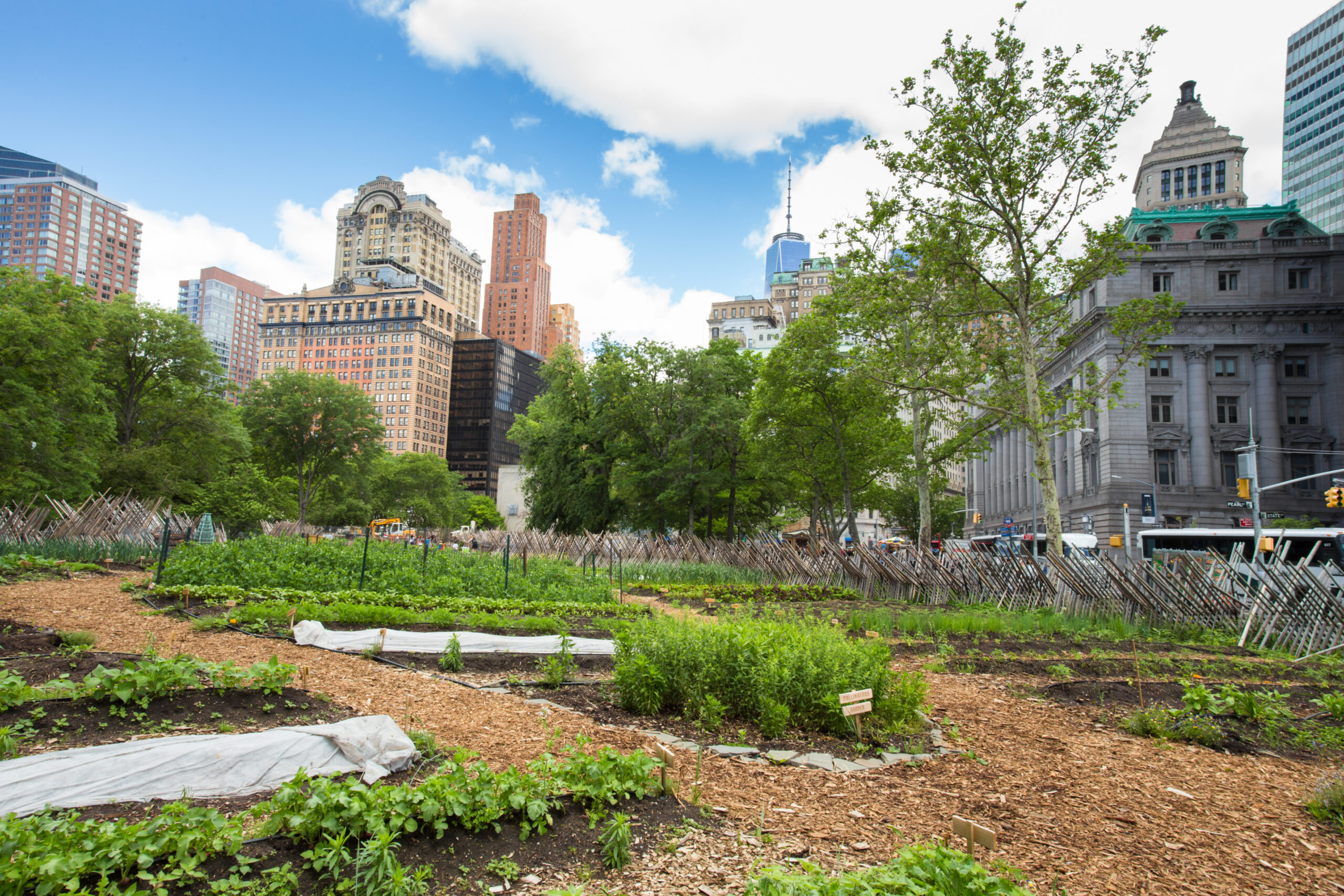5 Easy Facts About City Blooming Explained
Table of ContentsHow City Blooming can Save You Time, Stress, and Money.Examine This Report about City Blooming3 Simple Techniques For City BloomingThe Basic Principles Of City Blooming The Only Guide for City Blooming
Fascinated in expanding food to buy in the City of Chicago? Considering beginning a neighborhood garden? Modifications to the Chicago Zoning Regulation allow farming usages like neighborhood gardens and urban ranches in numerous components of the city. Below is a checklist of often asked concerns pertaining to the rules and policies that farmers ought to take into consideration when intending a city farming job.
The zoning modification does not customize any various other codes taking care of composting, structure authorizations, buying or renting City owned residential property, service licenses or ecological contamination. There are existing codes that regulate these concerns and they remain completely result and might apply to your job. Neighborhood gardens are usually had or handled by public entities, public companies or community-based companies and maintained by volunteers.
Urban farms grow food that is planned to be marketed, either on a not-for-profit or for-profit basis. As a result of their business objective, urban ranches call for an organization certificate. Yes. A community yard is allowed to offer surplus produce that was grown on website if the sales are accessory or subordinate to the yard's key objective described above.
Facts About City Blooming Revealed
Composting is permitted but only for plant product that is generated and made use of on site. The amount of compost material can not surpass 25 cubic backyards at any given time according to the standards in 7-28-715 of the City's Municipal Code. Yes. Because the dirt at many brand-new yard sites requires modifying, compost, dirt, timber chips, or other materials can be obtained to construct or enhance the expanding space - fruit and vegtables.

If a building permit is required then the hoophouse will be taken into consideration an accessory structure. You can figure out even more about the structure authorization demands by getting in touch with the Department of Structures. The 25,000-square-foot dimension limit is meant to prevent a solitary neighborhood garden from controling a provided block or diminishing the block's existing residential or industrial personality.
The restriction does not apply to gardens located in Public Open Room (POS) districts. Can there be even more than one neighborhood garden that is 25,000 square feet on a single block? Yes. The dimension limitation puts on specific yards, not to individual blocks. No. Fence is not required, however, gardens that have large parking lot might be called for to install fence or various other landscape design functions.
Excitement About City Blooming
B1 & B2 areas call for that all business use activities be conducted inside. Is secure fencing needed for metropolitan farms? Fences might be needed, along with landscape design and testing, for certain vehicle parking areas and outside work or storage space locations depending on area and the details task taking location.
Urban ranches call for building licenses and zoning approvals prior to construction (container and raised bed gardening etc.). Various other forms of city evaluation may be required depending on specific frameworks, activities, dimension, landscaping, hop over to these guys licensing, public heath and stormwater monitoring problems.
The Division of Company Matters and Customer Defense can help determine the specific kind of organization permit that's called for. Off street vehicle parking is needed for many industrial jobs in Chicago. The called for number of vehicle parking spaces is based on the number of staff members functioning on site and not the square video of the expanding space.
Getting My City Blooming To Work

Yes. An urban ranch can sell garden compost product produced on site, however, the operation must adhere to the policies in 7-28-715 of the Chicago Municipal Code. Yes. Aquaponic systems are permitted inside on metropolitan ranches in many zoning districts. A zoning evaluation and building license is needed in order to mount structures or systems and a company license is needed as defined over.
Up to five hives or swarms of honey may be kept as an accessory usage. Beekeepers need to sign up with the Illinois Department of Farming. To learn more concerning the suggested zoning amendment you might speak to the Division of Housing and Economic Growth, Bureau of Planning and Zoning at 312.744.8563.
Farming in cities and metropolitan areas An urban farm in Chicago. Urban farming refers to various methods of growing. https://myanimelist.net/profile/cityblooming, handling, and dispersing food in metropolitan locations. The term likewise uses to the location tasks of animal husbandry, aquaculture, beekeeping, and cultivation in an urban context. Urban farming is differentiated from peri-urban farming, which takes area in country locations at the edge of residential areas.
City Blooming Things To Know Before You Buy
, that look for to create social networks started on a common principles of nature and community holism. These networks can develop by method of official institutional support, ending up being incorporated into neighborhood town preparation as a "transition community" activity for lasting city development.
Some of the initial proof of urban agriculture comes from Mesopotamia.